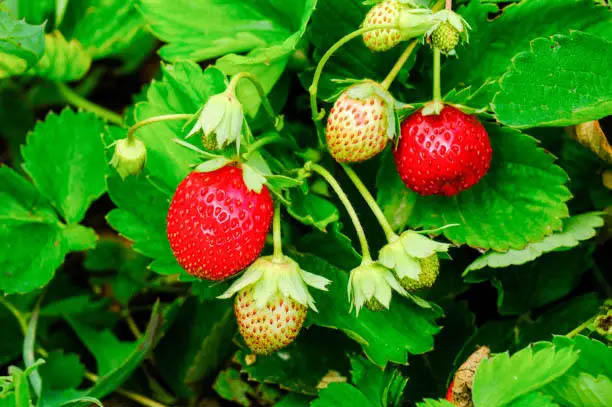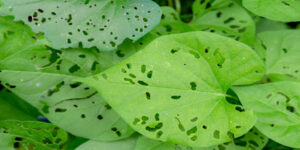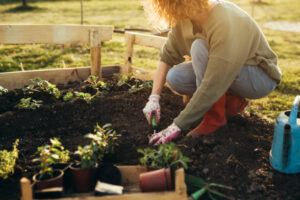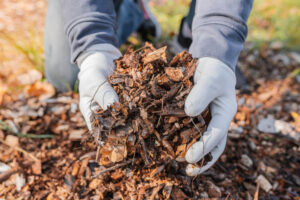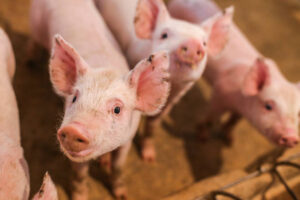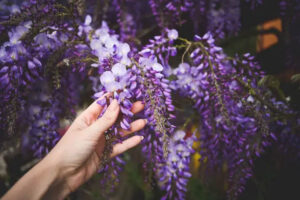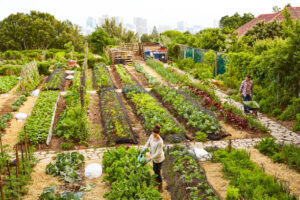Berries are among the most delightful and rewarding fruits you can cultivate in your garden. Their vibrant colors, sweet flavors, and nutritional benefits make them a favorite for gardeners and food enthusiasts alike. Growing berries can also be an enjoyable venture, as they provide both ornamental beauty and delicious yields. This article explores various types of berries that thrive in warm temperate climates and offers guidance on how to nurture them successfully.
Popular Types of Berries

Strawberries: Strawberries are one of the most popular berries to grow due to their fast growth and relatively easy maintenance. There are three main types of strawberry plants: June-bearing, everbearing, and day-neutral. June-bearing varieties produce a large crop in late spring, everbearing produce two to three harvests throughout the spring, summer, and fall, and day-neutral types can produce fruit continuously throughout the growing season as long as temperatures are favorable.

Blueberries: These nutrient-packed berries require acidic soil to flourish, ideally with a pH between 4 to 5.5. They come in highbush and lowbush varieties, with highbush types generally being more commonly cultivated in home gardens. Blueberries are not only delicious but also add a striking element to garden landscapes thanks to their lovely blossoms and fiery fall foliage.

Blackberries: Known for their robust growth, blackberries can be trained along a trellis or fence for ease of harvesting. They prefer well-draining soil rich in organic matter. There are several varieties, including thornless types which make maintenance and harvesting a less prickly affair. Blackberries are prolific producers and can yield heavily when given the right conditions.

Raspberries: Similar to blackberries, raspberries thrive in cooler areas of the garden with well-draining soil. They come in red, black, and golden varieties, each with its own unique flavor profile. Raspberries can be categorized into two types based on the season they bear fruit: summer-bearing and fall-bearing, giving gardeners flexibility in their harvesting schedule.

Mulberries: Mulberries grow on both trees and shrubs and are known for their prolific nature. The fruits can be either red, white, or black, with each type offering a slightly different flavor. Mulberries are incredibly sweet and juicy, making them perfect for fresh eating, jams, and desserts. These trees are also highly adaptable to different soils and climates, requiring minimal care once established. They are fast growers and can also provide a quick screen for privacy due to their dense foliage.

Elderberries: Elderberries are highly valued for both their medicinal and culinary uses. The berries are small, dark, and typically grow in clusters. They are known for their immune-boosting properties and are commonly used to make syrups, teas, wines, and jams. Elderberry plants prefer moist, well-drained soil and full to partial sun. They are also relatively easy to care for, making them a great addition to any garden, especially for those interested in home remedies.
*When raw, elderberries contain a toxic compound that can lead to nausea, vomiting, and diarrhea. Therefore, it is crucial to cook elderberries thoroughly before using them in any recipes.

Dewberries: Dewberries are closely related to blackberries and share a similar appearance and habitat. However, dewberries grow on trailing vines that lay closer to the ground, unlike blackberries’ upright canes. They ripen a few weeks earlier than blackberries and are sweet when fully mature. Dewberries thrive in both sun and shade, making them versatile for various garden settings. They are excellent for fresh eating, jams, and pies.
Understanding Strawberry Varieties: Wild Mock vs. True Strawberries

When planning to grow strawberries, it’s important to understand the differences between wild mock strawberries and true strawberries, as their care, appearance, and tastes are quite distinct.
True Strawberries: True strawberries are what most people think of when they imagine strawberries. These plants produce the large, sweet, and juicy red fruits that are commonly available in markets. They have white flowers that turn into the familiar red berries, and they spread through runners, which are horizontal stems that grow outward from the mother plant.
Wild Mock Strawberries: Wild mock strawberries, or “false strawberries,” are often found growing naturally in landscapes. They produce tiny, hard fruits that look like strawberries but have very little flavor. The plants have yellow flowers, unlike the white or slightly pink flowers of true strawberries, which is a key identifier. While edible, mock strawberries are generally not cultivated for consumption due to their bland taste.
Differences in Cultivation: True strawberries require well-drained soil, rich in organic matter, and consistent watering during the growing season. They benefit from being planted in a sunny spot but can tolerate partial shade. In contrast, wild mock strawberries are highly adaptable and can thrive in a variety of soil conditions without much care. They are often used as ground cover due to their hardy and invasive nature.
Tips for Growing Berries

Choosing the Right Location: Most berry bushes prefer full sun, which means at least 6-8 hours of direct sunlight daily, to produce the best yields. Ensure the planting site has good air circulation which helps reduce the risk of fungal diseases.
Soil Preparation: Before planting, enrich the soil with compost or well-rotted manure to provide nutrients and improve soil structure. For blueberries, you may need to amend the soil with sulfur to achieve the necessary acidity.
Watering: Berries generally require moist, well-drained soil. Regular watering is crucial, especially during dry spells and when the plants are fruiting. However, avoid waterlogging the soil, which can lead to root rot.
Pruning: Regular pruning not only helps maintain the size and shape of the bushes but also encourages healthy growth and fruit production. Remove any dead or diseased branches, and thin the canes to allow light to penetrate the plant, which is particularly important for blackberries and raspberries.
Mulching: Applying a layer of mulch around the base of the plants helps conserve moisture, suppress weeds, and keep the roots cool. Organic mulches such as straw or pine needles are ideal, especially for blueberries, as they can help maintain soil acidity.
Pest and Disease Management: Keep an eye out for common pests such as birds and insects, and diseases like powdery mildew or rust. Netting can protect the berries from birds, while proper spacing and air circulation help prevent many fungal diseases.

Growing berries can transform your garden into a vibrant and fruitful oasis. By selecting the right types of berries for your region and following essential care guidelines, you can enjoy a successful and delicious berry harvest. Whether you’re spreading fresh berries on your morning cereal or baking them into pies, the taste of home-grown berries is incomparably satisfying.

